Home » Resources » Skin Deep: The Historical Roots and Modern Manifestations of Colorism
Skin Deep: The Historical Roots and Modern Manifestations of Colorism
- February 5, 2024
- Written by Russ Gottwald
Co-authored by Esmeralda Macias, Jr. Strategist at PACO Collective
Have you ever scrolled through Netflix, taken note of ads online, or looked at the magazine covers in the store? What do the featured people look like? What’s their skin tone? If you pay attention, you’ll notice a tendency towards lighter skin…even among people of the same cultural background. You can’t un-see it once you notice. What you’ve discovered is colorism.
Colorism is a form of discrimination or bias based on a preference for lighter skin tones over darker ones. Notably, it isn’t just imposed by people of other ethnic or racial backgrounds; it involves the systemic preferential treatment of same-race people based on how light their skin is.
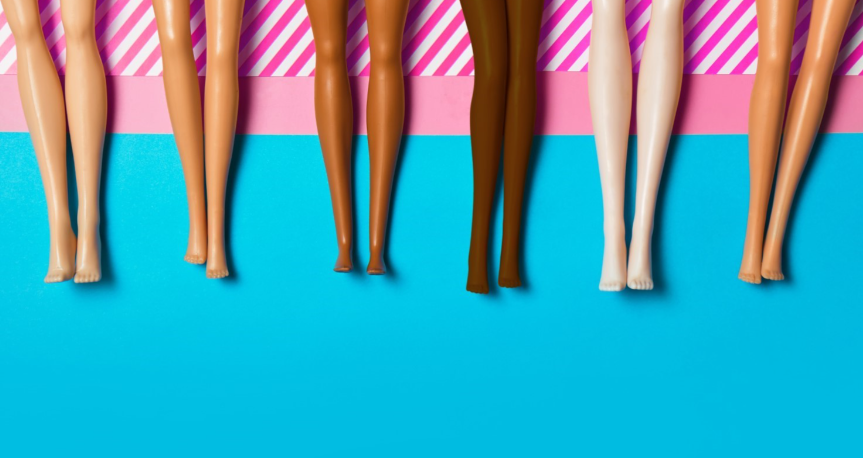
Global Origins and Effects
Colorism isn’t a new phenomenon. In the Americas, it is of course inextricably tied to the legacy of colonialism. The racial caste systems that existed in both the U.S. and Latin America favored lighter skin, eventually manifesting in a dizzying array of categories based on ancestry – with Non-White cultures internalizing the cultural elite’s preference for lighter skin tones.
In other parts of the world, particularly South and East Asia, colorism long pre-dated contact with Europe – for example, Japanese books from the 900s CE celebrated the “porcelain” skin tones of their characters. Traditionally this reflected the typical cultural association of leisure with attractiveness, with darker skin associated with manual labor while fair skin meant one was of high status.
But even in places like Japan that escaped being directly colonized by European powers, European notions of racial hierarchy layered on top of pre-existing colorism and the desire for lighter skin became a desire to look White. Simply keeping out of the sun was no longer enough; people resorted to hair dye, skin bleaching agents, and even plastic surgery in response to evolving beauty standards.
No matter the particulars and origins of any particular variant of colorism, it has multi-dimensional effects revolving around self-esteem, healthcare, social ties, and economic discrepancies. From societal beauty standards often favoring lighter skin tones to dark skin tones being significantly underrepresented in the educational materials for healthcare professionals, colorism is everywhere. Even within the workforce, lighter-skinned individuals may be more likely to receive better job opportunities, education, and treatment in various social settings further feeding into this detrimental cycle of colorism.
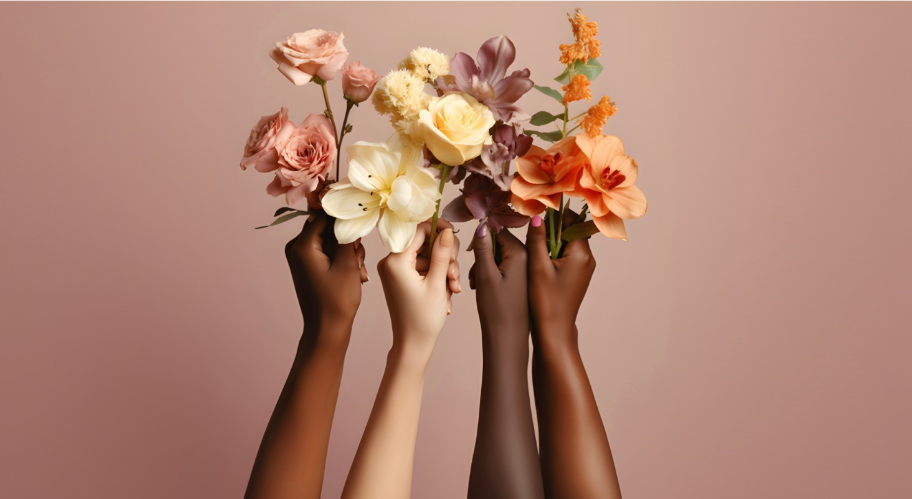
Colorism in the United States
In contemporary America, colorism is prevalent everywhere – from Hollywood to Wall Street to the campus quad. While the phenomenon is universal, it manifests differently within media and pop culture among distinct ethnic groups. In Hispanic media, colorism has been seen most prominently in telenovelas. Telenovelas often depict lighter skin tones to represent intelligence and wealth, while individuals with darker skin frequently have less screen time and are portrayed as “the help.” The trend even results in blatant misrepresentation. For example, the film In The Heights, which portrayed a predominately Afro-Dominican neighborhood, received backlash for the inaccurate representation of the community by casting mainly light-skinned Latinos.

Colorism among African Americans runs deep as well. Dating back to slavery, the “paper bag test” was used to group darker-skinned slaves to work in the fields and light-skinned slaves to hold indoor jobs, and the standard didn’t disappear with the Thirteenth Amendment. TikTok influencer Pinkydoll, faced backlash for “light-skin fishing” after she made her first public appearance causing shock as her skin tone was darker than she portrayed online.
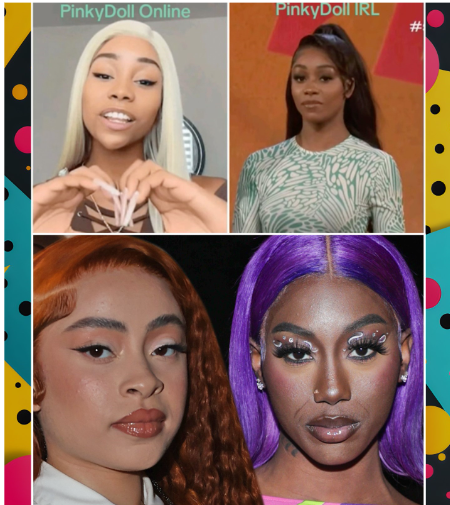
Similarly, the film Crazy Rich Asians, received criticism for its Chinese-centric portrayal of Singapore’s population. This tendency parallels America’s own regarding Asian-Americans; as critics stated, “Brown Asians have been overlooked from the American definition of Asian for generations.” And while this example reflects colorism between ethnic groups within a broader census-defined category, it exists within particular Asian ethnic groups in the U.S. as well.
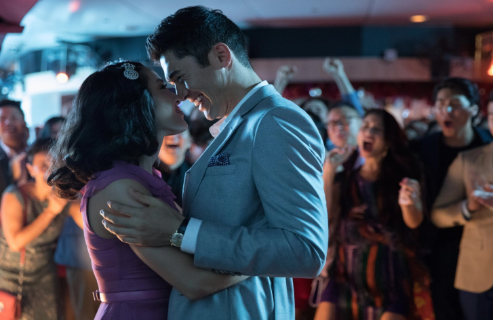
What can we do About it?
Colorism is a global phenomenon that manifests differently between and within societies. Here in the U.S., it is imperative that we as marketers take time to look at our own biases, take accountability, and improve our industry. Agencies can start internally through hiring and promoting processes that more diligently combat colorism. They can also help clients one ad at a time through strategy, storytelling, casting, and more.
So with that in mind, who’s doing a good job? Here are a couple of examples. In 2017 Fenty Beauty, the cosmetics brand owned by Rihanna, went viral for including a 40+ shade range of her foundation line. The ‘Fenty Effect’ was coined as the chain reaction of other cosmetic brands following in Rihanna’s footsteps, dramatically changing the shopping experience for cosmetics. On the B2B side, Google recently partnered with Harvard sociologist Dr. Ellis Monk to develop a skin tone scale designed to be more inclusive of the full spectrum we see in our society. Not only that; they released the scale to the public so anyone can use it for research and product development.
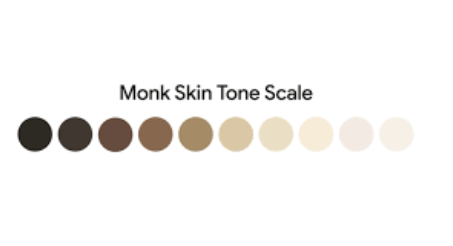
As advertisers, we need to critically question our practices through the brand cycle, and ultimately be authentic to our audiences by centering and celebrating individuals with darker skin tones. If you’d like a partner in this process, let us know! PACO Collective is delighted to help brands create a more equitable society for people of all skin tones, one campaign at a time.











